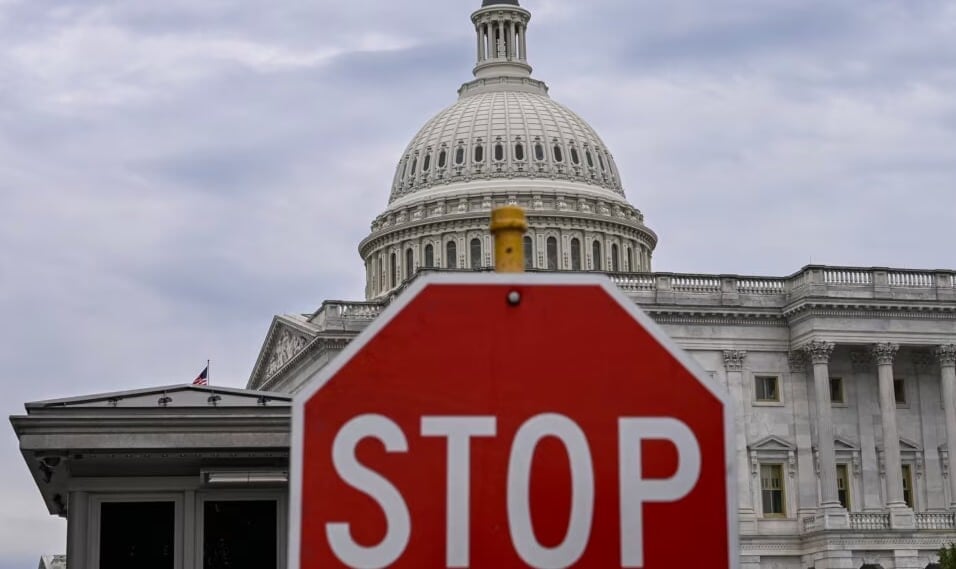US Senate approves government funding: shutdown ends
10 November 08:10
The United States Senate has voted 60 to 40 to end the Democratic-initiated filibuster, paving the way for the passage of a government funding bill and the end of the five-week government shutdown. This is reported by "Komersant Ukrainian" with reference to CNN.
This decision was a key step towards the resumption of the government’s work, which was partially suspended due to the lack of an agreed budget.
How the vote took place
After weeks of fruitless negotiations, a compromise was reached when eight Democratic senators agreed to support the deal. It includes a separate vote on the continuation of healthcare subsidies, which have long been a subject of controversy, as well as guarantees of returning to work for federal employees who lost their jobs during the government shutdown.
Among those who supported the decision was Deputy Senate Democratic Leader Dick Durbin, who had diverged from the party leadership. He was joined in voting by Democratic senators Catherine Cortez Masto, John Fetterman, Maggie Hassan, Jeanne Shaheen, Tim Kaine, Jackie Rosen, and independent Senator Angus King.
The only Republican who voted against it was Senator Rand Paul.
What’s next
Despite overcoming the filibuster, the government cannot resume work immediately. Any senator has the right to delay consideration of the package of documents for several days.
After that, the House of Representatives must return to work and approve the Senate agreement.
When will the US shutdown be canceled?
However, there are still a number of steps to be taken to end the shutdown. Now, the draft law must be approved by the US House of Representatives, and only then will the document be signed by US President Donald Trump.
Meanwhile, the Democratic Party leadership in the House of Representatives has already warned that a vote is expected at the end of this week. Lawmakers will be notified 36 hours before the vote, as members of the House of Representatives are facing delays and flight cancellations due to the government shutdown.
What is a shutdown and why did it happen?
In the United States, since the late nineteenth century, there has been a law that prohibits the work of federal authorities if they do not have funding. A shutdown (literally, “closure”) occurs if Congress fails to approve and the president fails to sign off on funding for these bodies.
Unlike Ukraine, the United States does not have a single budget law. Different bills are required to fund departments or programs, 12 in total. It often takes a long time for them to be approved by both chambers and the White House. That’s why they usually don’t all get passed by October 1, when the new fiscal year begins in the United States.
If the White House and Congress (or even congressmen among themselves) cannot agree on a continuing resolution, a shutdown begins at 00:01 on October 1 (07:01 Kyiv time).
How long do shutdowns last?
The US government shutdown is not a new phenomenon.
- In 2018-2019, during Donald Trump’s term in office, the shutdown lasted 35 days, a record.
- In 1995, under Bill Clinton, it lasted 21 days,
- In 2013, under Barack Obama, it lasted 16 days.
- Ronald Reagan’s presidency had the most shutdowns – eight, but they were all short-lived.
How does this affect the economy?
According to the Congressional Budget Office, the shutdown could cost the U.S. economy up to $400 million a day due to the shutdown of federal agencies.
At the same time, members of Congress will continue to receive their salaries, as provided for by the US Constitution. The military will continue to work, but their pay will be postponed until the shutdown is over.
For example, in 2018-2019, the shutdown resulted in $11 billion in losses.
Read us on Telegram: important topics – without censorship









